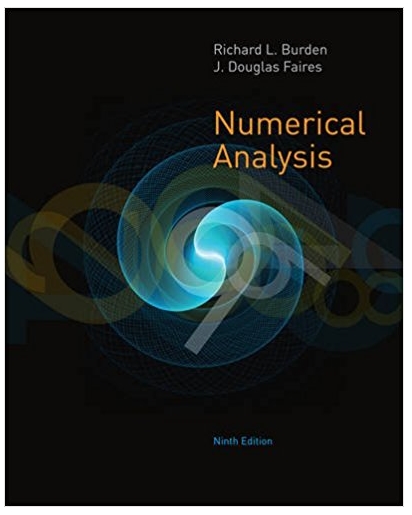Answered step by step
Verified Expert Solution
Question
1 Approved Answer
5. (Three parts; 11 marks in total) Randomized experiments were performed on mice to determine whether two forms of iron, Fe3+ and Fe**, are


5. (Three parts; 11 marks in total) Randomized experiments were performed on mice to determine whether two forms of iron, Fe3+ and Fe**, are retained differently. From a population of 1000 mice, 36 mice were randomly selected and then randomly assigned to two groups of 18 mice, each group receiving one of the two forms of iron. If one type is retained especially well, then it may be more useful as a dietary supplement for humans. The mice were given the iron orally. The iron was radioactively labeled so that the initial amount and the amount retained after a fixed time interval could be measured. The measurements of interest are the percentage of iron retained (PIR) in each mouse after the time period had elapsed. A natural log transformation was required. The following table gives the summary statistics on a natural logged scale. Group Statistics LNPIR Iron Fe3+ N 18 Mean 1.1609 Std. Deviation Std. Error Mean .58548 .13800 Fe4+ 18 1.6801 .46455 .10949 a. (5 marks) Use the information in the above table to calculate a 99% confidence interval for the difference in mean logged percentage of iron retained (LNPIR) between two types of iron. b. (4 marks) Interpret the confidence interval in part (a) on the original scale. c. (2 marks) Based on the confidence interval you found in part (b), after back transformation, would you conclude that there is a difference between the median percentages of iron retained in the Fe3+ group and the Fe4+ group (with 99% confidence)? Explain the logic of your answer. Hours per month watching horror movies Youth 0 1 1 2 3 5 8 12 18 22 26 39 42 44 47 48 49 49 Adults 0 0 0 1 2 3 4 9 13 20 20 28 29 30 33 SPSS Output base on the Original Data Histogram for Age Group- Youth Frequency 0 10 20 Hours Mean 21.59 Std. Dev. 19.275 N-17 Frequency Histogram for Age Group- Adult Li 30 50 0 10 Youth Hours 20 Adults Tests of Normality Kolmogorov-Smirnova Shapiro-Wilk Hours Age Group Youth Statistic df Sig. Statistic df Sig. .171 17 .198 .851 17 .011 Adult .239 14 .030 .823 14 .010 a. Lilliefors Significance Correction SPSS Output base on Logged Data Tests of Normality Kolmogorov-Smirnova Shapiro-Wilk Age Group Statistic df Sig. Statistic df Sig. InHours Youth .164 17 .200* .885 17 .039 Adult .155 14 .200* .879 14 .056 *. This is a lower bound of the true significance. a. Lilliefors Significance Correction 30 Mean-12.29 Std. Dev. 12.952 N-14
Step by Step Solution
There are 3 Steps involved in it
Step: 1

Get Instant Access to Expert-Tailored Solutions
See step-by-step solutions with expert insights and AI powered tools for academic success
Step: 2

Step: 3

Ace Your Homework with AI
Get the answers you need in no time with our AI-driven, step-by-step assistance
Get Started


